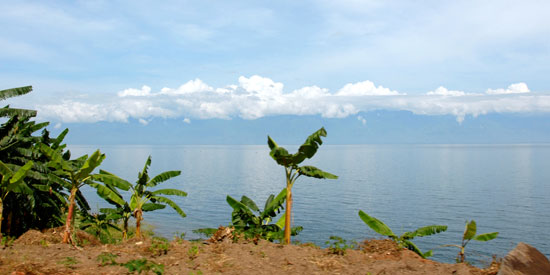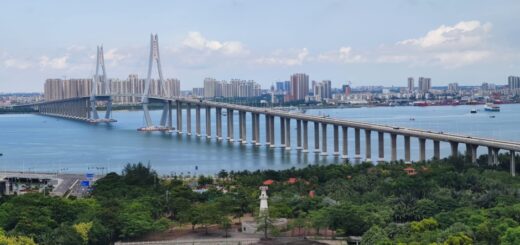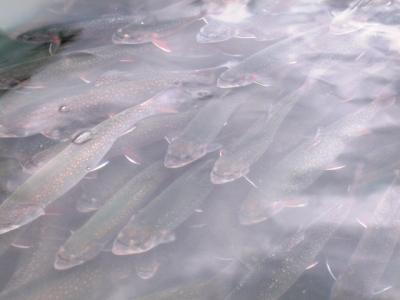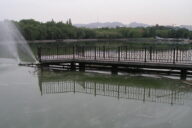Research Brief: Public Perception of Water Quality in the Lake Erie Basin
0Historically, the Lake Erie Basin has produced harmful algal blooms yearly and suffers from declining water quality conditions. Some large influencers of these conditions are climate change, agricultural practices that lead to nutrient-dense runoff, and urban runoff like road salt or waste from construction.
Public perception of water quality in the Lake Erie Basin has changed over the years. As blooms become more frequent, so has public concern for the basin. While there are known stressors like runoff and changing climate conditions, not everyone believes the data, and some are unconcerned about environmental conditions.
A 2024 study published in the Journal of Great Lakes Research assesses how trust and pro-environmental values converge to form public perception of conditions in the Lake Erie Basin. The goal of the study was to examine trust in local management entities and biospheric values (focused on impacts to non-human others) as predictors of water quality perceptions.1
Additionally, the study sought to identify “which aspects of perception formation were most relevant for this distinct population of individuals.”1 The researchers hypothesized that trust and values would be better indicators of water quality perception than demographic factors
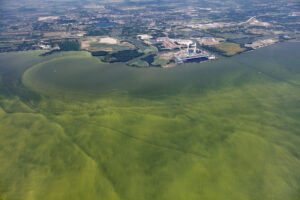
True color photo images of Lake Erie harmful algal blooms on August 14, 2017 (Credit: Zachary Haslick / Aerial Associates Photography, Inc. via Flickr Public Domain)
Methods
A total of 10,109 residents were contracted, and 1,268 partook in a survey that asked how much trust respondents have in local government, various agricultural and farm organizations, and environmental organizations.
The survey also gauged participants’ biospheric values, being “asked to indicate which of three statements about climate change was most closely aligned with their personal beliefs, corresponding to climate change denial, belief in natural climate change, and belief in human-caused climate change.”1
Demographic data was self-reported (gender, ethnicity, age, education, income, political affiliation, political ideology, employment ties to agriculture and/or Lake Erie, being raised in a rural or urban community, and length of residence in their current community.
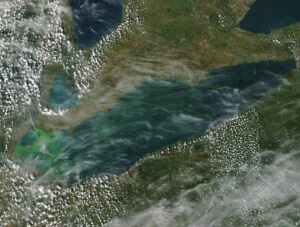
Harmful Algal Bloom in Western Basin of Lake Erie: September 25, 2017 (Credit: NOAA CoastWatch / Great Lakes Region via Flickr Public Domain)
Results
The demographic results support a lot of the existing literature report demographic trends and water quality perceptions. In general, the following demographics were associated with better water quality perceptions: older, wealthier, those who have worked or are working in the agricultural sector, and those who identified as politically conservative. There was also a correlation between greater trust in agricultural agencies and local government, leading to positive perceptions of water quality.
On the other side, women and younger people tended to have a more negative perspective of water quality. While trust in environmental organizations was not significantly related to perceptions, biospheric values were associated with worse perceived water quality. Similarly, belief in human-caused climate change was positively correlated with worse perceptions of conditions in the Lake Erie Basin.
Sources
- C. Dale Shaffer-Morrison, Robyn S. Wilson, 2024. Understanding drivers of local water quality perception in the Lake Erie Basin. Journal of Great Lakes Research. Volume 50, Issue 2. 102311. https://doi.org/10.1016/j.jglr.2024.102311.





